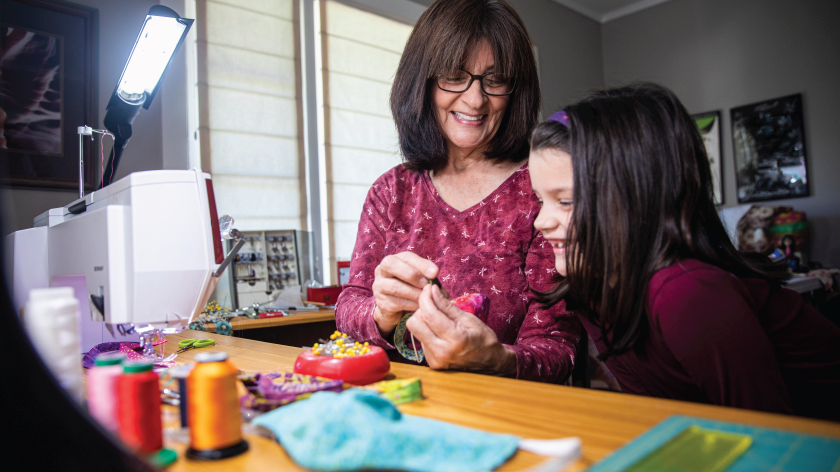Update: The CDC and JAMA published updated guidelines on Tuesday, July 14.
The Centers for Disease Control and Prevention (CDC) recommends that all Americans wear cloth face masks in public settings. In fact regular mask usage may reduce the number of infections by 1/3. However, wearing a face covering is not a substitute for social distancing and other measures. In addition to wearing a face covering, continue to practice these measures to prevent the spread of COVID-19:
- Washing your hands for 20 seconds with soap and water, or using a 60% alcohol-based hand sanitizer
- Maintaining physical distance of least six feet between you and other people at all times
- Coughing or sneezing into your flexed elbow or using a tissue which you then immediately and properly dispose of
Guidelines for using a fabric face mask
The CDC has shared the following recommendations on how to use a fabric face mask:
- Cloth face coverings should:
- Fit snugly but comfortably against the side of the face
- Be secured with ties or ear loops
- Include multiple layers of fabric
- Allow for breathing without restriction
- Be able to be laundered and machine-dried without damage or change to its shape
- Clean hands with soap and water or alcohol-based hand sanitizer immediately before putting on your mask, and after touching, adjusting and/or removing it.
- Do not touch the cloth mask when wearing it. Also, avoid touching your face as much as possible.
- Keep the covering clean.
- Don’t share it with anyone else unless it has been washed and dried first.
- You should be the only person handling your covering.
- Have at least two fabric masks so you can wash one and have a clean one ready for use.
For additional information, please check out this infographic from the CDC. In addition, Dr. Patricia George, director of the Pulmonary Hypertension Program at National Jewish Health offers guidance on the dos and don’ts of wearing a face mask in this video.







